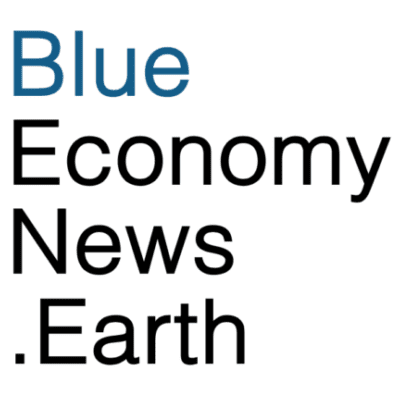The National Oceanic and Atmospheric Administration (NOAA) released a final Environmental Impact Statement (FEIS) for the proposed Chumash Heritage National Marine Sanctuary which would designate 4,543 square miles of ocean waters off the coast of Central California as a National Marine Sanctuary. If designated, the Chumash Heritage National Marine Sanctuary will be the third largest in the U.S. National Marine Sanctuary System.
The sanctuary is the first to be proposed by a tribe. It would protect important ecological habitats such as kelp forests, rocky reefs, and sandy beaches, a seabird hotspot, and significant offshore features, including the Rodriguez Seamount, Arguello Canyon, and a portion of Santa Lucia Bank offshore of central California. The NOAA reports the area contains many threatened or endangered species, such as blue whales, snowy plovers, black abalone, and leatherback sea turtles, that rely on habitats, physical features, or prey found in the sanctuary.
Additionally, NOAA has documented more than 200 shipwrecks in the sanctuary, two of which (Yankee Blade and U.S. Coast Guard Cutter McCulloch) are listed on the National Register of Historic Places.
The sanctuary would recognize and celebrate Indigenous Peoples’ connections to the region, and be managed with the active involvement of Tribes and Indigenous communities, inclusive of Indigenous values, knowledge, and traditions. NOAA, under the preferred alternative, would manage the sanctuary through a co-stewardship framework.
The Chumash Heritage National Marine Sanctuary, as discussed in the FEIS, is expected to balance compatible ocean uses and cultural heritage considerations. The boundaries would not include areas where offshore wind turbines are currently planned to be built or where wind energy transmission cables are expected to be authorized.
Through a two-phased approach to the designation of the National Marine Sanctuary, the preferred approach to the sanctuary would protect the natural and cultural resources of the area and maintain opportunities for offshore wind development.

